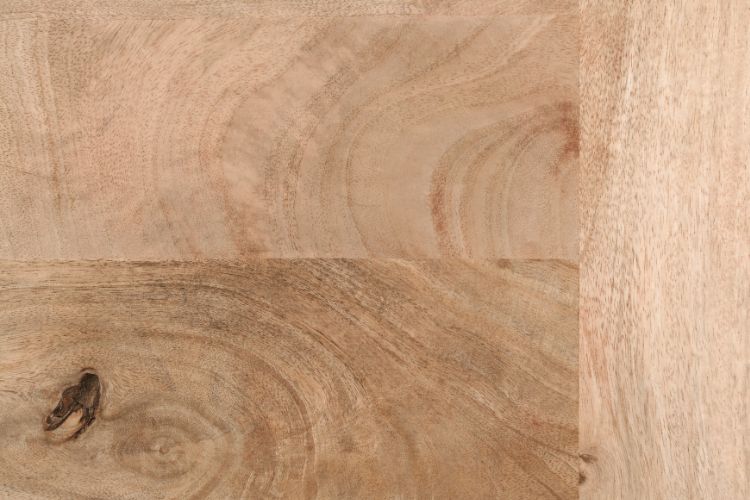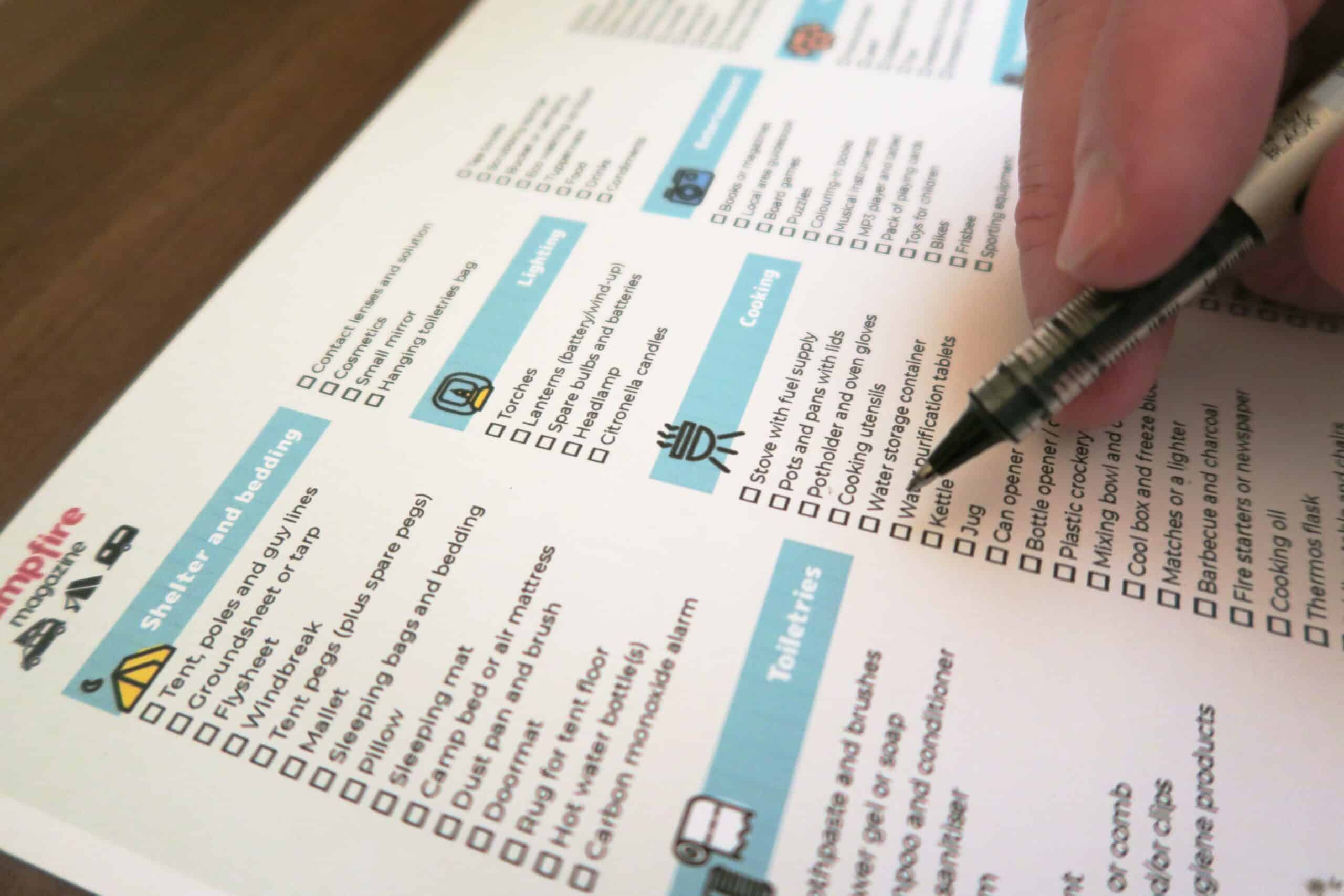There are lots of different types of wood that are used in carpentry and furniture making and they all have their pros and cons. Acacia is a popular choice and while there are lots of great things about it, I have to point out that there are some considerations you should make before choosing this as your wood of choice.

I’m not necessarily saying that you shouldn’t use acacia but the disadvantages might be enough to put you off for any particular project.
Come with me as we explore the disadvantages of acacia wood in order to help you make the right decision when it comes to choosing timber.
What Is Acacia?

Acacia is a type of hardwood and it’s one of the most popular in furniture making because it’s actually the hardest type of hardwood there is. It’s incredibly dense and pliable and the colour is truly something to behold.
A lot of people are realising the importance of choosing sustainable woods and this means cutting out the use of exotic woods like mahogany and rosewood. But if you still want the same properties while being eco-friendly then acacia is a wonderful alternative.
There are also many different species of acacia tree; more than 1350 to be precise. While the wood from all of these species is just as durable and attractive as the next, there are slight differences which makes it easier to find the perfect type of acacia for your project.
The Disadvantages Of Acacia Wood
While acacia is an extremely popular choice for woodworkers, there are some things that you’ll need to consider. I wouldn’t say that these should be considered a deal breaker but the disadvantages of this type of wood could make it unsuitable for some projects. So, before you make a decision, I’d urge you to think about the following.
It’s Relatively High Maintenance
All types of wood require some sort of maintenance purely because it’s a natural material that will quickly degrade if it isn’t looked after. While acacia is certainly not the most demanding, there are issues with the wood’s ability to retain its original colour. After some time, the wood can start looking grey and this isn’t something that everyone likes.
Some people don’t mind this aged effect and if that’s you then there’s no reason you cannot continue allowing your wood to change colour.
However, if you want to combat this problem then you’ll need to put in a bit of extra work. That involves maintaining the original finish of the wood. If you’ve made the furniture yourself then stick with whatever finish you initially used. If you’ve purchased the furniture, be sure to find out the original finish so you can be consistent when caring for the wood. Linseed oil is a common choice.
It’s Temperature Sensitive
If you’re thinking about buying acacia wood then you need to consider where you’re going to place the piece of furniture. Putting it next to a heat source such as a patio heater, wood burning stove, fireplace and even in direct sunlight can really upset the wood and it will begin to crack.
While this is a very durable type of wood, acacia has fibres that face one another and this tends to make it quite brittle.
That said, if you rotate your furniture regularly to make sure that no single part is being over exposed to the heat then it shouldn’t be a problem.
It Has Irregular Grain Structure
This is a disadvantage that will divide people. As with the greying of acacia wood, some people like the irregular grain whereas others find it to be a unique and impressive characteristic. It’s all down to personal opinion.
One of the main cons about it is that the design of the wood can be unpredictable and inconsistent. If you’re making a piece of furniture where you want uniformity, you probably won’t be able to achieve that with this type of wood.
It’s Heavy
You might be asking why I’m saying that being heavy is a disadvantage for acacia. Well, in some ways, it’s an incredibly positive trait but it is also something to consider. For example, if you’re looking for a piece of furniture that you can easily move around your home or garden then something with a lot of weight isn’t going to be easy to shift.
A lot of people like wooden outdoor furniture but they also like to choose a lightweight wood so that they can bring it indoors quickly should the weather take a turn for the worst. That said, if you live in a windy area, you’re going to want something heavier so it doesn’t blow around the garden.
As well as being heavy, acacia is extremely dense and hard. Again, that could be a good thing and it makes it a lot more durable that other types of hardwood like maple or oak. However, this means that the wood is a lot more difficult and time consuming to fix if it ever gets scratched. The likelihood is low because of the durability but it is worth considering.
It Doesn’t Come Cheap
With all of the good points of acacia, it won’t come as much of a surprise that it isn’t the most affordable wood on the planet. I mean, compared to some types of exotic wood like rosewood, it’s a lot cheaper and that’s because of how sustainable it is. But when you compare the price to native hardwoods, it might make your eyes water. But it’s all about budget and how much you’re happy to spend.
It is, of course, possible to get a better deal on acacia wood and acacia furniture. Things like your location, the cut of the wood and other things will affect the price so it’s worth shopping around to see what you can find.
So, Should I Bother With Acacia Or Choose Something Else?
Having looked at the disadvantages of acacia wood, you could be forgiven for thinking that it’s not worth it. But I wouldn’t poo-poo the idea just yet. There are a ton of reasons that acacia is brilliant as a furniture wood and it really depends on what you’re looking for.
For example, if you want a lightweight wood that’s super easy to care for then acacia probably isn’t for you. But those cons might be considered advantages by someone who enjoys maintaining wood and needs something heavy and robust. It’s all relative, as they say.
But if you’re sitting on the fence, let me point out a few reasons that acacia might work well for you. For starters, this is an incredibly resistant type of wood that is ideal for outdoor use as it won’t be easily damaged by water.
I’ve read about studies that have shown acacia could last as long as 4 decades without ever needing to be treated. But of course, the conditions have to be spot on and in most cases, you will need to treat it much more frequently than this.
As I mentioned earlier, acacia is very durable. While it might be tough to fix in the event that it gets scratched or damaged, it’s highly unlikely that it’ll ever sustain damage in the first place.
Something else that I think makes acacia a really good choice for furniture is that this is a naturally antibacterial type of wood. If you’re making a dining table or perhaps even something like a chopping board, it’s perfect for food prep and eating.
For those of you that are looking to start a woodworking project and are considering acacia, let me tell you that this is a brilliant choice for beginners. While it is an incredibly hard and resistant wood, it’s also very pliable, especially when it’s fresh. So if you’re looking for something that’s going to be easy to work, it’s definitely worth considering.
I mentioned earlier that acacia is extremely sustainable and that’s largely because of how many species there are. This is a very easily accessible wood and even where large amounts are harvested, there are still millions of trees left over so there’s no concerns over extinction.
Final Thoughts
When it comes to choosing the right type of wood for your next furniture project or when buying ready made furniture, acacia may be something you’ve considered. You may have also heard about how durable and resistant this wood is which is something that can push people to make a decision.
However, while there are a lot of good points about acacia, as with anything, there are a few downsides that you should consider before settling on a decision.
If you don’t want a heavy wood that requires a lot of maintenance, then acacia may not be the right choice for you. Furthermore, acacia can get quite expensive so if you’re working on a strict budget, it may be better to choose something like oak or walnut.

